I want to recover a time signals from a given power spectral density, assuming a normal distribution of the original signal:
PSD; % [(m/s)^2/Hz] given spectrum
T = 60; % [s] length of original signal
dt = 0.005; % [s] time step of original signal
N = T/dt; % [-] number of samples
NFFT = 2^nextpow2(N); % [-] number of bins for FFT
fs = 1/dt; % [Hz] sampling frequency
ASD = sqrt(PSD); % [(m/s)/sqrt(Hz)] get amplitude spectrum
omega = 2*pi*rand(NFFT/2,1); % [rad] generate phase vector
Z = ASD.*exp(1i*omega); % create complex amplitude vector
Z = [0;Z;flipud(conj(Z))]; % extend to satisfy symmetry
Y = real(ifft(Z)); % inverse FFT
[PSDY,f] = pwelch(Y,[],[],NFFT,fs); % generate PSD from Y to compare
The results show a power spectrum several orders of magnitude lower than the original, but the shape matches very good. I guess there is something wrong with the units or there might be a scaling factor missing. I'm not sure about the units of the time signal after ifft, since the amplitude has [(m/s)/sqrt(Hz)].
